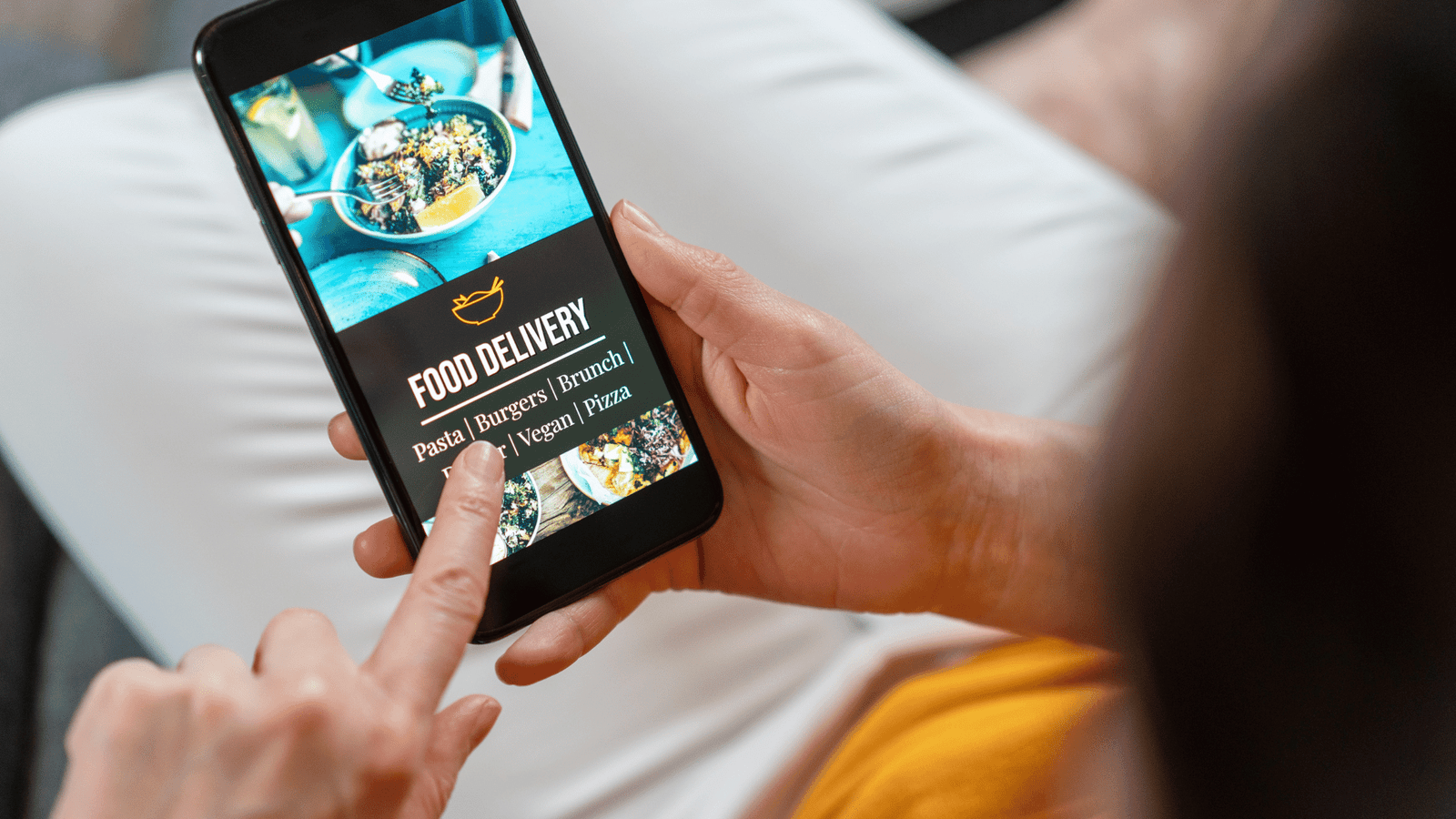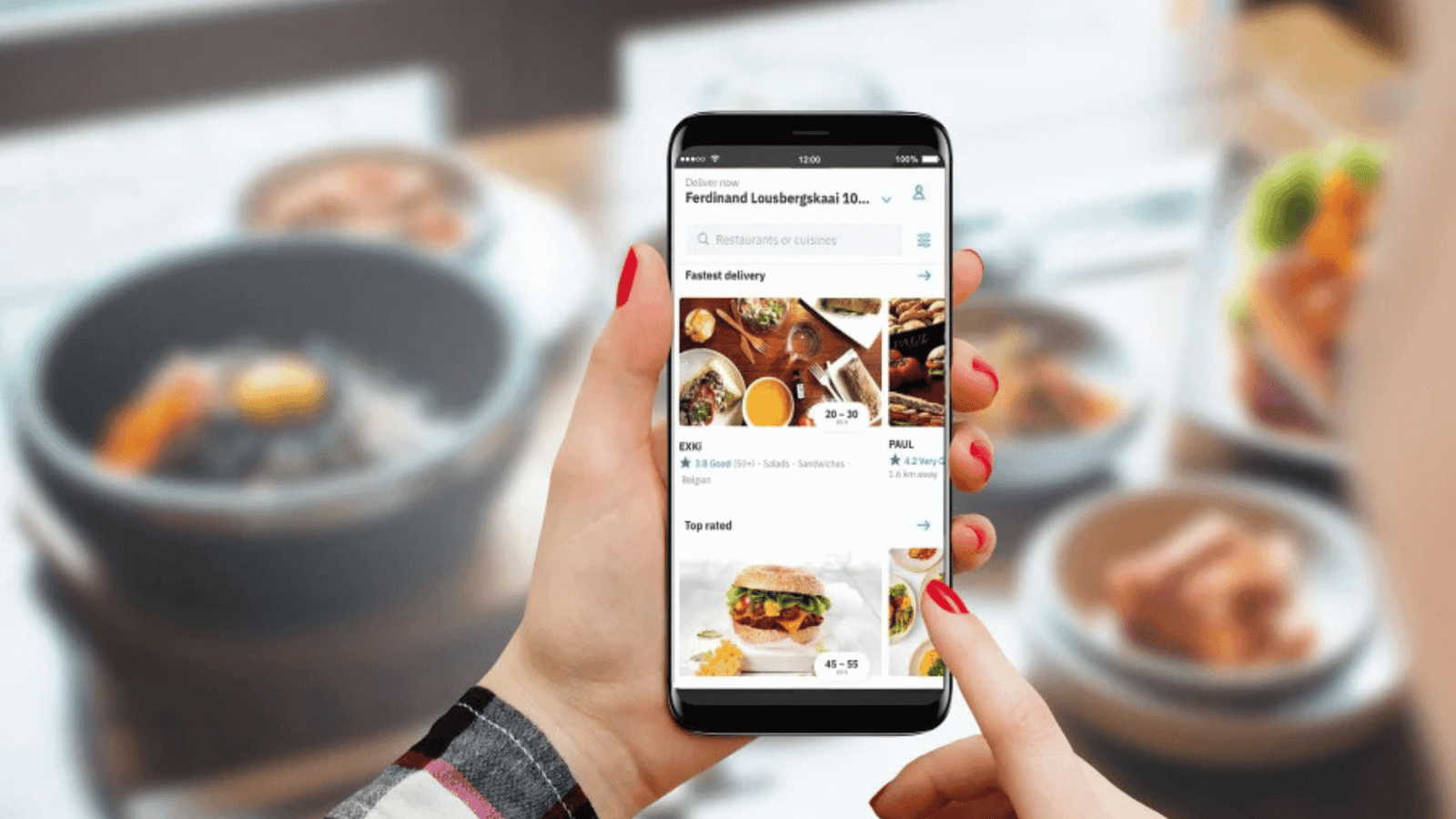In recent years, cloud kitchens have gained significant traction, transforming the way food businesses operate and serve customers. But what is a cloud kitchen, and how does it differ from traditional restaurants? Cloud kitchens, also known as ghost kitchens or virtual kitchens, are kitchens set up solely for fulfilling online food orders. They don’t require a physical storefront, making them an innovative and cost-effective solution for food delivery businesses.
This Artical will explain the concept of cloud kitchens, their benefits, challenges, and how they are reshaping the food industry. We’ll also provide you with essential insights to decide whether a cloud kitchen is a viable business model for you.
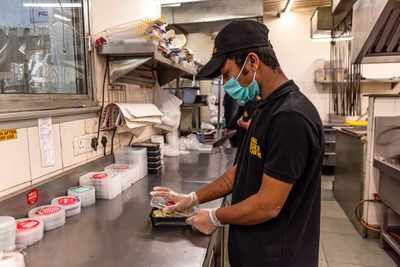
What is Cloud Kitchen?
A cloud kitchen is a kitchen space dedicated to preparing food exclusively for online delivery. These kitchens operate without a dine-in area and focus solely on preparing and dispatching orders through third-party food delivery apps like Swiggy, Zomato, and Uber Eats. This model reduces overhead costs such as rent, décor, and staffing, allowing food entrepreneurs to maximize their profit margins.
The concept has gained popularity as consumers increasingly prefer the convenience of food delivered to their doorsteps. As a result, many restaurant owners are shifting to cloud kitchens to meet growing demand.
How Does a Cloud Kitchen Work?
A cloud kitchen functions on a simple yet efficient model:
- Food Preparation: The food is cooked in a commercial kitchen.
- Online Ordering: Customers place their orders through food delivery apps or websites.
- Delivery: The prepared food is then picked up by delivery partners and delivered directly to the customer’s address.
Cloud kitchens usually operate with multiple brands under one roof, allowing entrepreneurs to manage different food concepts from a single location.
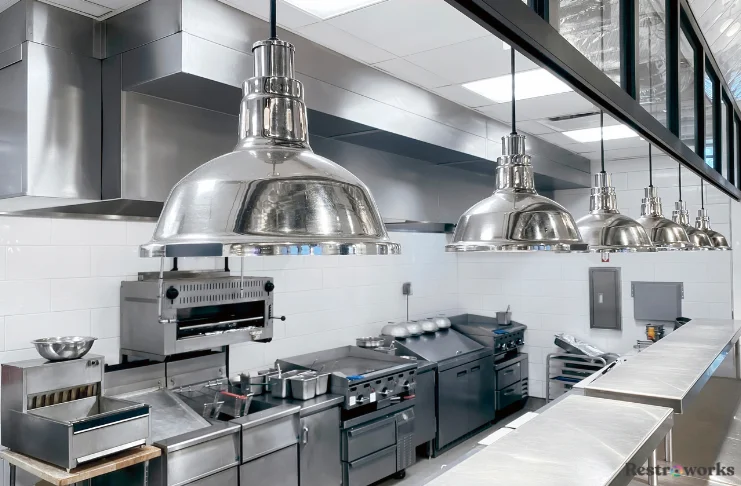
Benefits of a Cloud Kitchen
Cloud kitchens offer several advantages that make them an attractive option for aspiring food entrepreneurs and established restaurant owners alike.
1. Lower Operational Costs
One of the main benefits of a cloud kitchen is the reduction in overhead costs. Without the need for a physical storefront, restaurant furniture, and extensive staff, cloud kitchens can focus solely on food preparation and delivery.
2. Scalability
Cloud kitchens offer flexibility and scalability. Entrepreneurs can scale their operations by opening additional kitchens in different locations or expanding the number of brands they offer from a single kitchen.

3. Access to Delivery-Only Markets
Since cloud kitchens operate solely on delivery platforms, they tap into the delivery-only market, catering to consumers who prefer the convenience of getting food delivered. This helps businesses reach a wider audience without the constraints of geographic location.
4. Flexible Menu Options
Cloud kitchens can quickly test new menu items without worrying about the limitations of a physical dining space. This allows owners to experiment with different cuisines and cater to niche markets.
5. Data-Driven Insights
Cloud kitchens, powered by delivery apps, benefit from data-driven insights into customer preferences, popular items, and purchasing patterns. This information helps them optimize their offerings and improve marketing efforts.
Challenges of Operating a Cloud Kitchen
While cloud kitchens offer numerous benefits, there are also challenges that operators should be aware of before venturing into this model.
1. Heavy Reliance on Delivery Platforms
Cloud kitchens are heavily reliant on third-party delivery platforms like Swiggy and Zomato. If these platforms experience issues or raise commission fees, it can significantly impact the business’s profitability.
2. Quality Control
Since cloud kitchens focus on delivering food, maintaining consistent quality is essential. Without customer interactions in a physical space, ensuring the food meets the required standards becomes a challenge.

3. Competition
The growing popularity of cloud kitchens has led to increased competition. A large number of virtual kitchens are operating within the same delivery area, making it crucial for businesses to differentiate themselves through unique offerings and effective marketing.
4. Lack of Customer Interaction
The absence of face-to-face interactions can make it harder to build a strong customer relationship. Cloud kitchen owners must focus on online reputation management and customer feedback to maintain loyalty.
5. Logistical Issues
Handling multiple orders at once, especially during peak times, can present logistical challenges for cloud kitchens. Efficient order management and coordination with delivery partners are crucial for smooth operations.
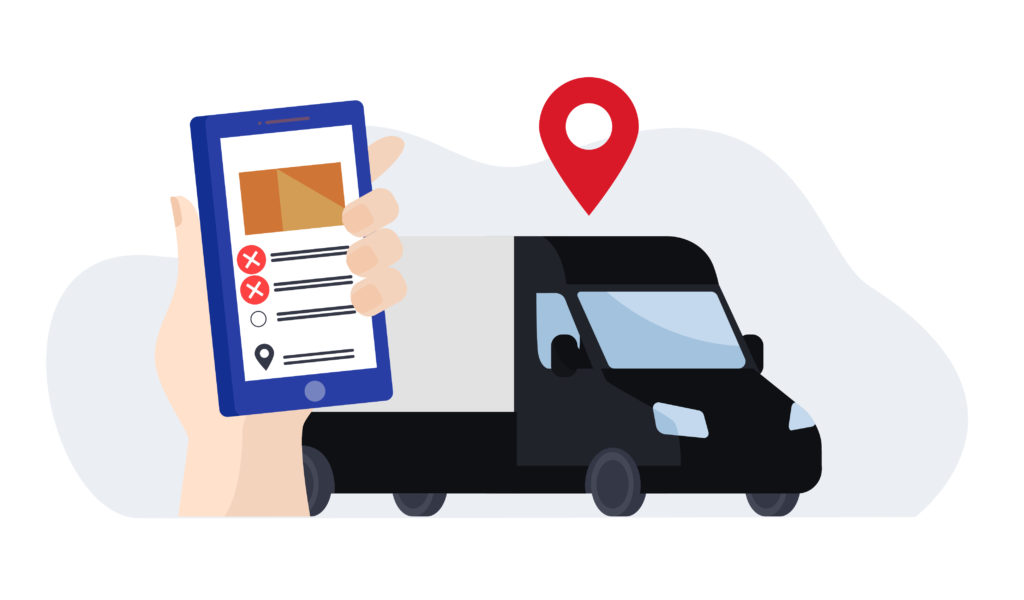
Read Also :- How to Start a Cloud Kitchen Business: A Comprehensive Guide for Success
How to Increase Sales in Your Cloud Kitchen?
How to Set Up a Cloud Kitchen Business?
Setting up a cloud kitchen involves several steps, from choosing the right location to marketing your services effectively. Here are the key steps to get started:
Step 1: Choose a Business Model
Decide whether you want to operate a single brand kitchen or a multi-brand kitchen. The multi-brand model involves offering different food concepts from a single location, while the single-brand model focuses on one type of cuisine.
Step 2: Find a Suitable Location
While cloud kitchens don’t require a prime location for foot traffic, they should still be in an area with good connectivity to delivery hubs. Look for places with easy access to transport routes and delivery zones.

Step 3: Set Up the Kitchen
The kitchen should be fully equipped with commercial-grade appliances, storage space, and appropriate hygiene standards. You will also need a strong team of chefs and kitchen staff to ensure the food is prepared efficiently.
Step 4: Partner with Delivery Platforms
Partner with major food delivery platforms like Swiggy, Zomato, or Uber Eats to manage orders and deliveries. You may also set up your website and app for direct orders.

Step 5: Market Your Brand
With so many competitors in the cloud kitchen space, it is crucial to market your business effectively. Use social media, SEO, and paid ads to create brand awareness. Offering promotions and discounts can also help attract new customers.
Cloud Kitchen vs. Traditional Restaurant: A Comparison
| Aspect | Cloud Kitchen | Traditional Restaurant |
|---|---|---|
| Cost | Lower operational costs | High operational costs |
| Location | Delivery-only model | Requires physical space for dining |
| Flexibility | Can quickly scale and change the menu | Less flexible |
| Customer Interaction | Minimal, only online | Direct interaction with customers |
| Revenue Model | Dependent on delivery apps and online orders | Depends on dine-in and takeaway |
Read Also : Digital Menu Boards: Transforming the Dining Experience
How to Optimize Google My Business for Restaurants
Conclusion
The rise of cloud kitchens represents a shift in how food businesses operate, providing an innovative, cost-effective solution to the growing demand for food delivery. By understanding the benefits and challenges of this model, you can make an informed decision about whether a cloud kitchen is right for your business.
If you’re considering starting a cloud kitchen, be sure to carefully evaluate factors such as location, kitchen setup, and delivery platform partnerships to maximize your chances of success.
FAQs
Q1. What is a cloud kitchen?
A cloud kitchen is a commercial kitchen that operates solely for fulfilling online food orders, without a physical dining space.
Q2. How much does it cost to start a cloud kitchen?
The cost of setting up a cloud kitchen varies depending on the location, size, and equipment required, but it is generally lower than opening a traditional restaurant.
Q3. Can cloud kitchens serve multiple brands?
Yes, cloud kitchens can operate multiple brands from a single location, offering a variety of cuisines and food concepts.
Q4. What are the key challenges of running a cloud kitchen?
The challenges include reliance on delivery platforms, quality control, high competition, lack of customer interaction, and logistical issues.
Q5. Is a cloud kitchen profitable?
Cloud kitchens can be profitable due to lower operational costs, but success depends on factors like location, marketing, and managing customer satisfaction.


